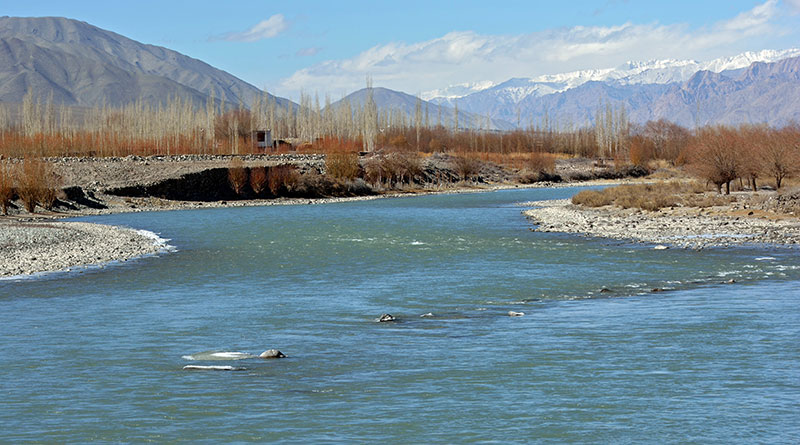India-UK joint project to study impact of drug-resistant bacteria in Indian rivers

A joint team of Indian and British scientists will be taking on an interesting £1.2 million research project that aims to investigate the impact that releasing antibiotics from manufacturing units into India’s water bodies has on the spread of potentially fatal drug-resistant infections.
The project will be jointly funded by the Indian and British governments and will be conducted by a team of experts led by Indian Institute of Technology-Hyderabad and University of Birmingham.
As many as 58,000 babies die in India every year from superbug infections passed on from their mothers, whilst drug resistant pathogens cause 28,000-38,000 extra deaths in the European Union every year.
The joint research programme will explore the role played by India’s rivers in increasing antimicrobial resistance.
Supported by the UK’s Natural Environment Research Council (NERC) and India’s Department of Biotechnology (DBT), the cross-disciplinary team includes researchers from Newcastle University, the James Hutton Institute in Scotland, IIT-Gandhinagar and IIT-Madras.
Experts will sample and model two contrasting river networks in India – the Musi River in Hyderabad, which has high concentrations of antibiotics released from production facilities, and the less polluted Adyar River in Chennai.
The team aims to learn how far resistant bacteria travel before they die or are eaten by other organisms in a unique combination of experiments, field sampling and mathematical modelling of resistance dynamics and water flows.
“We don’t know how quickly antibiotics are degraded in the environment and how much they are diluted by rainfall and by entering larger rivers”, said UK project lead Dr Jan Kreft of the University of Birmingham.
“In our AMRflows project, we will learn how antibiotics from manufacturing and the resistant bacteria they select will flow through river networks and how far they can be transported in rivers, from where they can spread onto fields and into communities during floods – allowing us to make a quantitative risk assessment to help create environmental standards for safe concentrations of antibiotics in water bodies.”
The project is part of £8 million package of UK-India Government-backed research aimed at deepening existing scientific research collaboration with five new programmes to tackle anti-microbial resistance (AMR) that could lead to important advances in the global fight against antibiotic-resistant bacteria and genes.
“We know from previous research that the River Musi is now a factory of superbugs. Modelling water flows will be crucial in predicting the fate of resistant bacteria in the environment and we aim to create models that will be applicable in other rivers and countries”, said Indian project lead Professor Shashidhar Thatikonda of IIT-Hyderabad.
According to collaborator Professor David Graham of Newcastle University, the project has huge potential because it will study AMR spread in a more quantitative and predictive manner, which is urgently needed for assessing environmental exposure risk. “Further, it combines studies at various scales, ranging from the genetics of resistance gene exchange to metagenomics to micro- and macro-scale numerical modelling, which to our knowledge, has never been done before”.
The scientific advances will also allow the team to compare the effectiveness of different interventions such as separate treatment of waste streams from manufacturing of antibiotics, decentralized sewage treatment or containment reservoirs.
“The recommendations we will produce will help bring down the levels of resistance in the environment. This will contribute to reduce the abundance of resistant pathogens that make infections untreatable,” added Professor Shashidhar.



